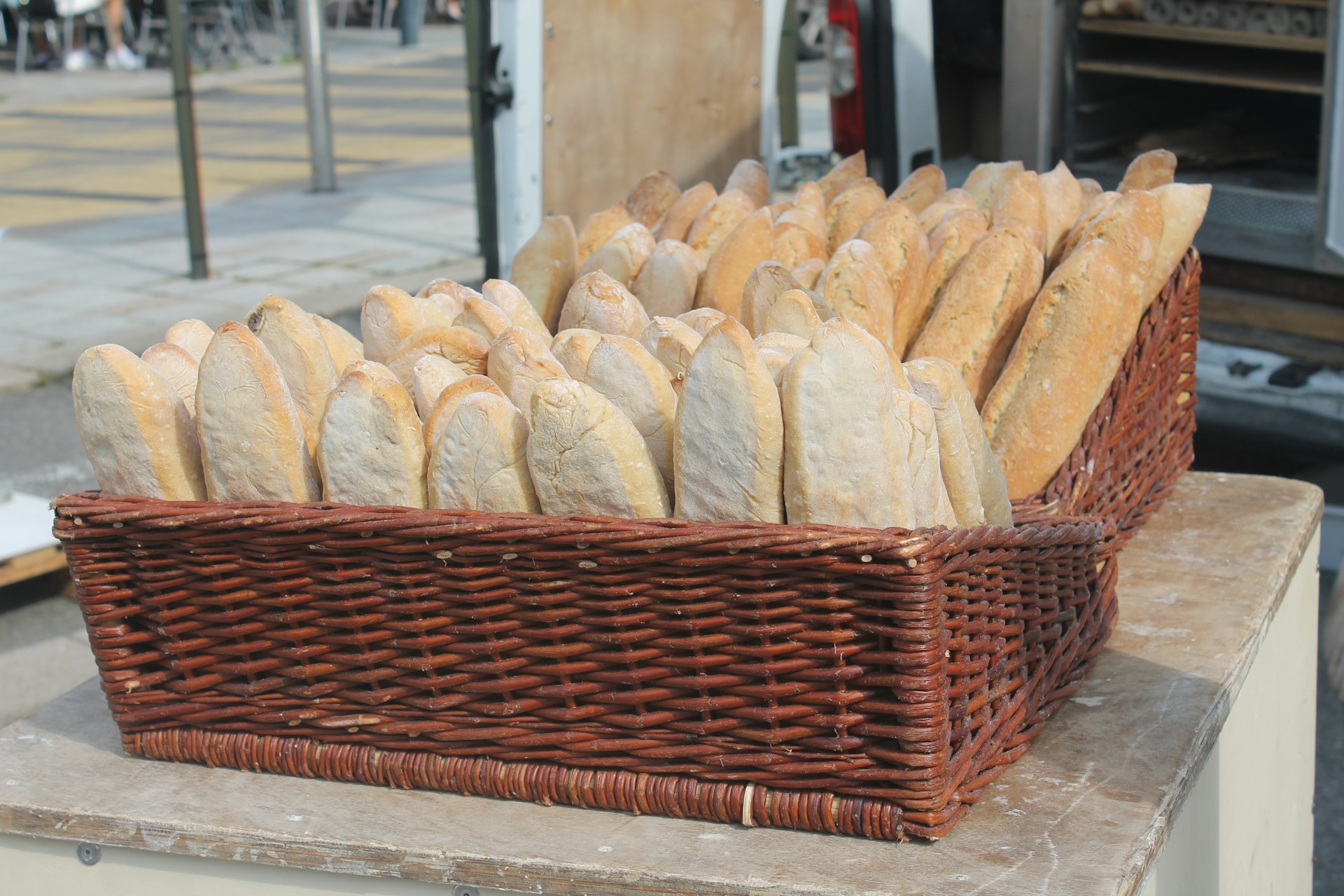There is nothing more disheartening than reaching for a slice of bread, only to find a layer of fuzzy mold coating your once delicious loaf. While it’s an all too common occurrence, it doesn’t have to be. Mold growth is preventable and you can keep your bread fresh for longer, provided you apply the right storage techniques. In this article, we will delve into the best strategies for preventing mold in bread boxes.
Understanding Mold Growth in Bread
Before we delve into preventive strategies, it’s vital to understand what mold is, how it grows, and why bread seems to attract it. Mold is a type of fungus that thrives in moist and warm environments. The tiny spores process nutrients and moisture from their host, in this case, your loaf of bread, to reproduce and spread.
Also read : How to maintain an optimal temperature in a chest freezer for various food types?
Bread provides an optimal environment for mold growth due to the moisture content, warm temperatures, and nutrients it offers. However, the good news is that certain strategies can help you prevent mold growth and keep your loaf fresh for longer.
Store Bread in a Bread Box
One of the best methods to store your bread is in a bread box. Bread boxes are designed to keep bread at room temperature, while also allowing for enough air circulation. This balance of temperature and air flow prevents the bread from becoming too dry or too moist, both conditions which can accelerate mold growth.
Additional reading : How to maintain an optimal temperature in a chest freezer for various food types?
Bread boxes come in various materials such as wood, metal, and plastic. Each of these has its own merits and demerits. For instance, wooden bread boxes are good at absorbing excess moisture, keeping your bread from becoming stale. On the other hand, metal and plastic bread boxes are easier to clean and maintain.
Use a Bread Bag with Good Air Circulation
Contrary to popular belief, storing bread in plastic bags may not be the best way to keep it fresh. Plastic bags tend to trap moisture, creating a perfect environment for mold growth. Instead, consider using a bread bag that allows for good air circulation. These bags have tiny holes that let air flow freely, preventing the buildup of moisture that invites mold.
If you don’t have a bread bag, and need to use a plastic bag, ensure to leave it partially open. This allows some air to circulate, preventing the bread from becoming too moist.
Prevent Cross-Contamination from Moldy Bread
If you discover moldy bread in your box, remove it immediately to prevent the mold from spreading to other loaves. It’s also recommended to clean the bread box thoroughly after disposing of the moldy bread.
If bread mold is a recurring issue, consider investing in a bread box with a built-in cutting board. This can help to reduce the chances of cross-contamination from other surfaces in your kitchen.
Use a Bread Recipe with Natural Preservatives
If you bake your own bread, consider using a recipe that includes natural preservatives. Ingredients such as vinegar, citrus, and cultured dairy products can extend the shelf life of your homemade loaves and help to prevent mold growth.
Bread recipes with sourdough starters also tend to last longer before turning moldy, thanks to the naturally occurring yeast and beneficial bacteria in the starter.
Keep Your Bread Box Clean and Dry
Cleaning your bread box regularly is crucial in preventing mold growth. Any crumbs or spills can attract mold spores and provide them with the nutrients they need to grow. Aim to clean your bread box at least once a week.
In addition, ensure your bread box is completely dry before storing bread in it. Moisture provides a conducive environment for mold growth, and even a small amount can lead to a moldy loaf.
In conclusion, while it may seem inevitable that your bread will turn moldy, there are strategies that you can employ to prevent this. By understanding the conditions that promote mold growth, and implementing the strategies discussed above, you’ll be on your way to enjoying fresher bread for longer.
The Impact of Bread Box Material on Mold Growth
Let’s take a closer look at the different materials of bread boxes and their impact on mold growth. As mentioned earlier, bread boxes can be made from various materials including wood, metal, and plastic.
Wooden bread boxes are considered one of the best options to keep bread fresh and prevent mold. The natural absorbency of wood helps to regulate humidity within the box. It soaks up any excess moisture that could lead to mold growth, thus keeping your bread dry and extending its shelf life.
However, wooden bread boxes require regular maintenance. They should be cleaned frequently and thoroughly to ensure no mold spores settle in the grain of the wood. Never leave a wooden bread box damp after cleaning, as this could lead to mold growth.
Metal and plastic bread boxes, on the other hand, are easier to maintain. They are simple to clean and dry, reducing the chances of mold growth. However, these materials do not naturally absorb moisture like wood, which can sometimes result in a slightly more humid environment within the box.
Regardless of the material, the key to preventing mold in your bread box is to maintain it properly. Regular cleaning and ensuring it is completely dry before storing your bread will significantly help to keep mold at bay.
The Role of the Environment in Preventing Mold Growth
The environment where you store your bread box also has a significant impact on preventing mold growth. While bread boxes are designed to maintain a balance of temperature and humidity, external factors can still influence these conditions.
For optimal storage, place your bread box in a cool, dry area. Avoid areas that are exposed to direct sunlight or close to heat sources like the oven or stove. These conditions can increase the temperature inside the box, creating an ideal environment for mold growth.
Ventilation is also important. Consider placing your bread box in an area where air can circulate freely around it. This can help to keep the box at room temperature, further reducing the chances of mold developing.
Finally, make sure your bread box isn’t overcrowded. Storing too many loaves together can restrict air circulation and increase humidity, both of which can accelerate mold growth.
Conclusion
Ultimately, the secret to preventing mold in your bread box lies in understanding the conditions that promote mold growth and taking proactive measures to alter them. By choosing the right bread box, maintaining it properly, and storing it in a suitable environment, you can drastically reduce the likelihood of your bread turning moldy.
Remember to clean your bread box regularly, keep it dry, and store bread in a cool, dry area with plenty of air circulation. If you bake your own bread, consider using recipes with natural preservatives to extend its shelf life.
Implementing these strategies will help you to enjoy fresh bread for longer, without the unpleasant surprise of mold ruining your loaf. So, store your bread wisely, and continue to savor every delicious slice!






